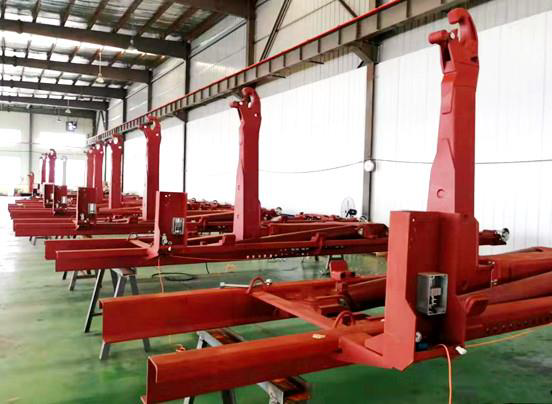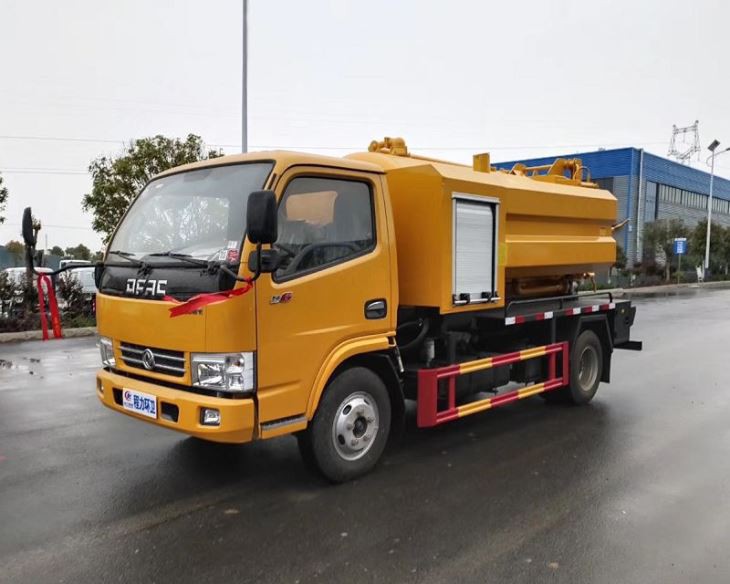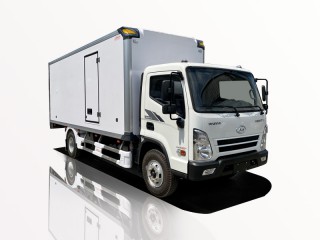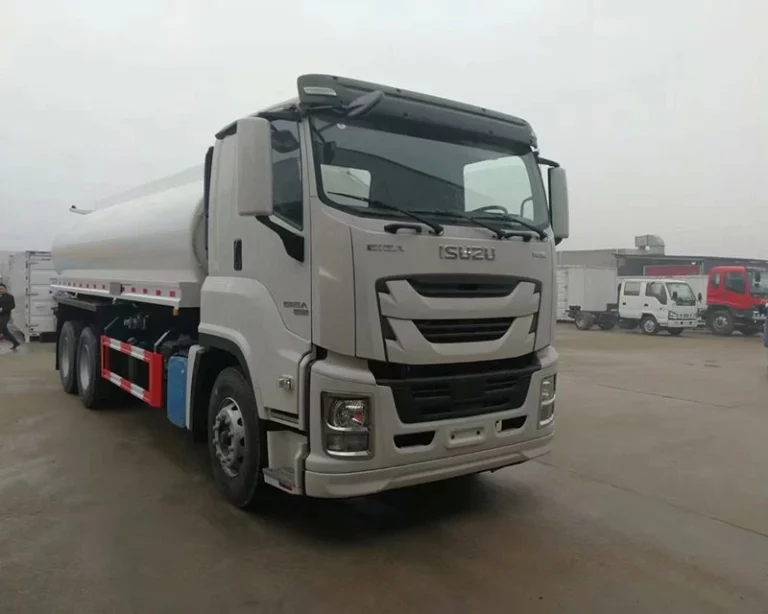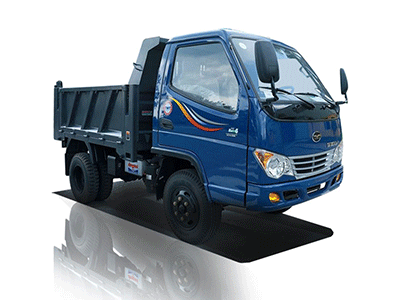Introduction
The chassis with engine is a crucial component in vehicles, serving as the foundation on which the entire structure of a vehicle is built. It is not merely a frame but a complex assembly that plays a pivotal role in defining the vehicle’s performance, safety, and comfort. In this article, we will explore everything you need to know about chassis with engines, including their types, components, advantages, and practical applications. Whether you’re an automotive enthusiast or just curious about how vehicles work, this guide is designed for you.
What is a Chassis with Engine?
A chassis with engine refers to the framework that supports the engine and provides a base for the vehicle’s other components. It includes various elements, such as the frame, suspension, wheels, and the engine itself. The chassis is instrumental in how the vehicle handles, its stability on the road, and its overall safety features.
The Importance of the Chassis
The chassis is often considered the vehicle’s skeleton. Its importance can be summarized in several key points:
- Support: It provides structural support and integrity to the vehicle.
- Weight Distribution: Proper weight distribution around the chassis allows for better handling and stability.
- Safety Features: A good chassis incorporates crumple zones and energy-absorbing materials to protect passengers during an impact.
- Attachment Point: It serves as the connection point for various critical components such as wheels, suspension, and steering systems.
Types of Chassis
Chassis can be categorized into various types based on their design and functionality.
1. Ladder Chassis
The ladder chassis is one of the simplest forms of chassis design. It consists of two long beams connected by cross members, resembling a ladder.
- Example: Commonly used in pickup trucks and SUVs for durability.
- Advantages: Easy to repair, strong, and allows for off-road modifications.
2. Monocoque Chassis
The monocoque chassis, also known as a unibody chassis, integrates the body and frame into a single structure.
- Example: Most modern sedans and hatchbacks.
- Advantages: Lightweight, better fuel efficiency, and improved handling.
3. Space Frame Chassis
A space frame chassis is made using a network of struts and beams, forming a three-dimensional structure.
- Example: Sports cars such as the Lotus Elise.
- Advantages: High strength-to-weight ratio and allows for unique designs.
Components of a Chassis with Engine
The chassis with engine is composed of several key components that work together to create a fully functional vehicle.
1. Frame
The frame serves as the main structure of the chassis, providing support and housing other components.
2. Suspension System
The suspension system connects the chassis to the wheels and ensures a smooth ride by absorbing shock from road irregularities.
3. Engine Mounts
Engine mounts are crucial as they secure the engine to the chassis and absorb vibrations.
4. Steering Mechanism
The steering mechanism allows the driver to control the direction of the vehicle, connecting to the wheels through the chassis.
5. Brake System
The brake system, which includes components like brake pads and rotors, is integrated into the chassis for effective stopping power.
Comparison of Chassis Types by Components
| Type of Chassis | Frame | Weight | Cost | Durability |
|---|---|---|---|---|
| Ladder Chassis | Separate Frame | Heavy | Low | High |
| Monocoque | Integrated | Lightweight | Medium | Medium |
| Space Frame | Lightweight Structure | Very Light | High | High |
Advantages of a Chassis with Engine
Understanding the advantages of a chassis with an engine helps in appreciating its design and functionality.
1. Enhanced Performance
Vehicles with a well-designed chassis exhibit improved acceleration, handling, and fuel efficiency due to optimized weight distribution.
2. Improved Safety
Modern chassis designs incorporate advanced safety features, reducing the risk of injury in the event of a collision.
3. Customization Options
Chassis with engine setups are often customizable, allowing car enthusiasts to modify their vehicles for performance, aesthetics, or practicality.
4. Cost Efficiency
Investing in a well-engineered chassis saves on long-term maintenance and repair costs while ensuring reliable vehicle performance.
Applications of Chassis with Engine
Chassis with engines are used in various types of vehicles. Here are some common applications:
1. Passenger Vehicles
Most sedans, SUVs, and trucks have chassis with engines that serve as the backbone of the vehicle.
2. Commercial Vehicles
Delivery trucks and buses rely on robust chassis designs to carry heavy loads and ensure passenger safety.
3. Performance Cars
Sports cars utilize advanced chassis technologies to enhance speed and handling capabilities.
4. Electric Vehicles
with the rise of electric vehicles, chassis designs are evolving to accommodate different weight distributions and battery placements.
Practical Tips for Choosing a Chassis with Engine
Choosing the right chassis with an engine can be a daunting task. Here are some practical tips to guide you:
1. Consider Your Needs
Identify what you value most in a vehicle—performance, fuel efficiency, or load capacity—before selecting a chassis type.
2. Research Different Models
Explore different car models and their chassis designs, focusing on user reviews and expert recommendations.
3. Evaluate the Engine Type
The engine type should align with your driving habits and requirements. Consider factors such as horsepower, torque, and fuel type.
4. Look for Warranty and Support
Evaluate the warranty offered on the chassis and engine, as well as the availability of replacement parts and support services.
Common Misconceptions about Chassis with Engine
Several misconceptions surround the topic of chassis with engines. Addressing them can help clarify misunderstandings.
1. All Chassis are the Same
This is false; different chassis designs are suited to various types of vehicles and purposes.
2. Heavier Chassis are Always Better
Heavier chassis may offer more durability, but it can reduce fuel efficiency and overall performance.
3. Chassis Components Can’t Be Upgraded
Many chassis components can be upgraded or modified to enhance performance or comfort.
FAQs about Chassis with Engine
1. What is the main function of the chassis?
The chassis supports the vehicle’s components, including the engine, and ensures safety and stability during operation.
2. Can you change the engine on any chassis?
While it may be possible to change the engine on many chassis, it depends on compatibility and design constraints.
3. How does the chassis affect vehicle performance?
A well-designed chassis improves handling, acceleration, and comfort while reducing wear on the vehicle components.
4. What materials are modern chassis made from?
Modern chassis may be constructed from steel, aluminum, composites, or a combination to balance strength and weight.
5. Why are some chassis more expensive than others?
Price disparities arise from design complexity, materials used, safety features, and manufacturer brand reputation.
6. Are chassis with engines the same for all vehicle types?
No, different vehicle types—such as sedans, trucks, and sports cars—require different chassis designs tailored to specific needs.
